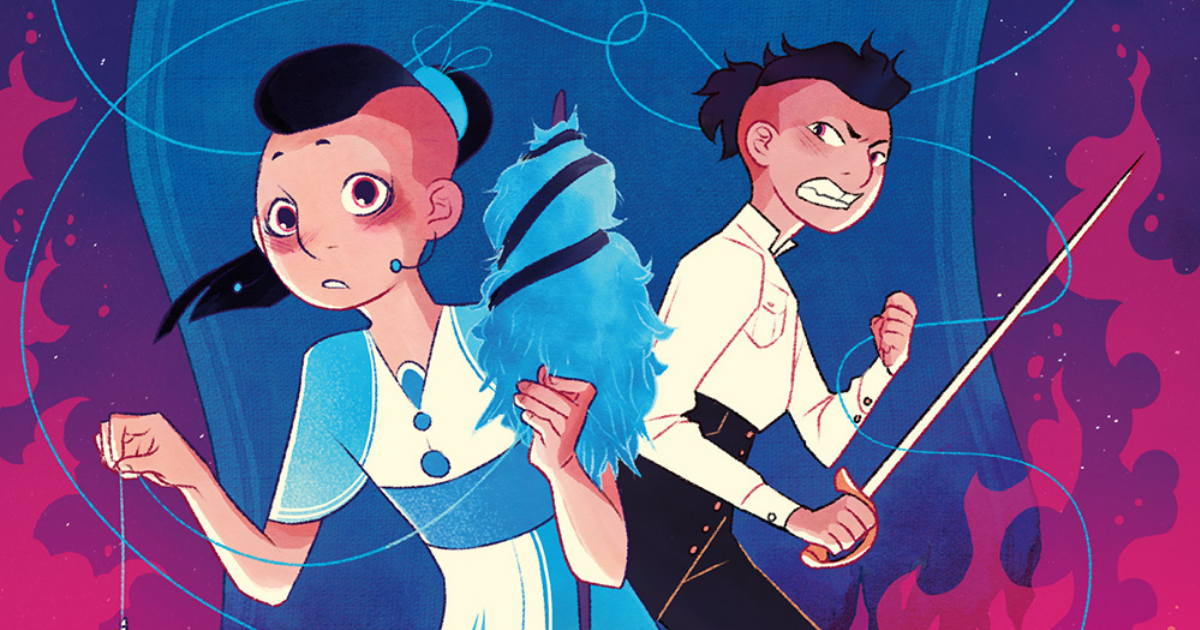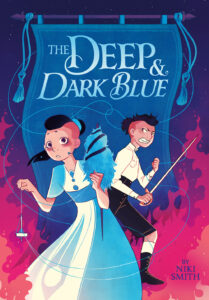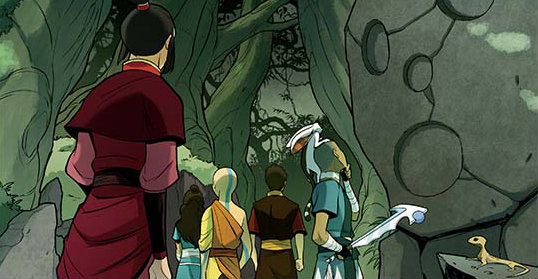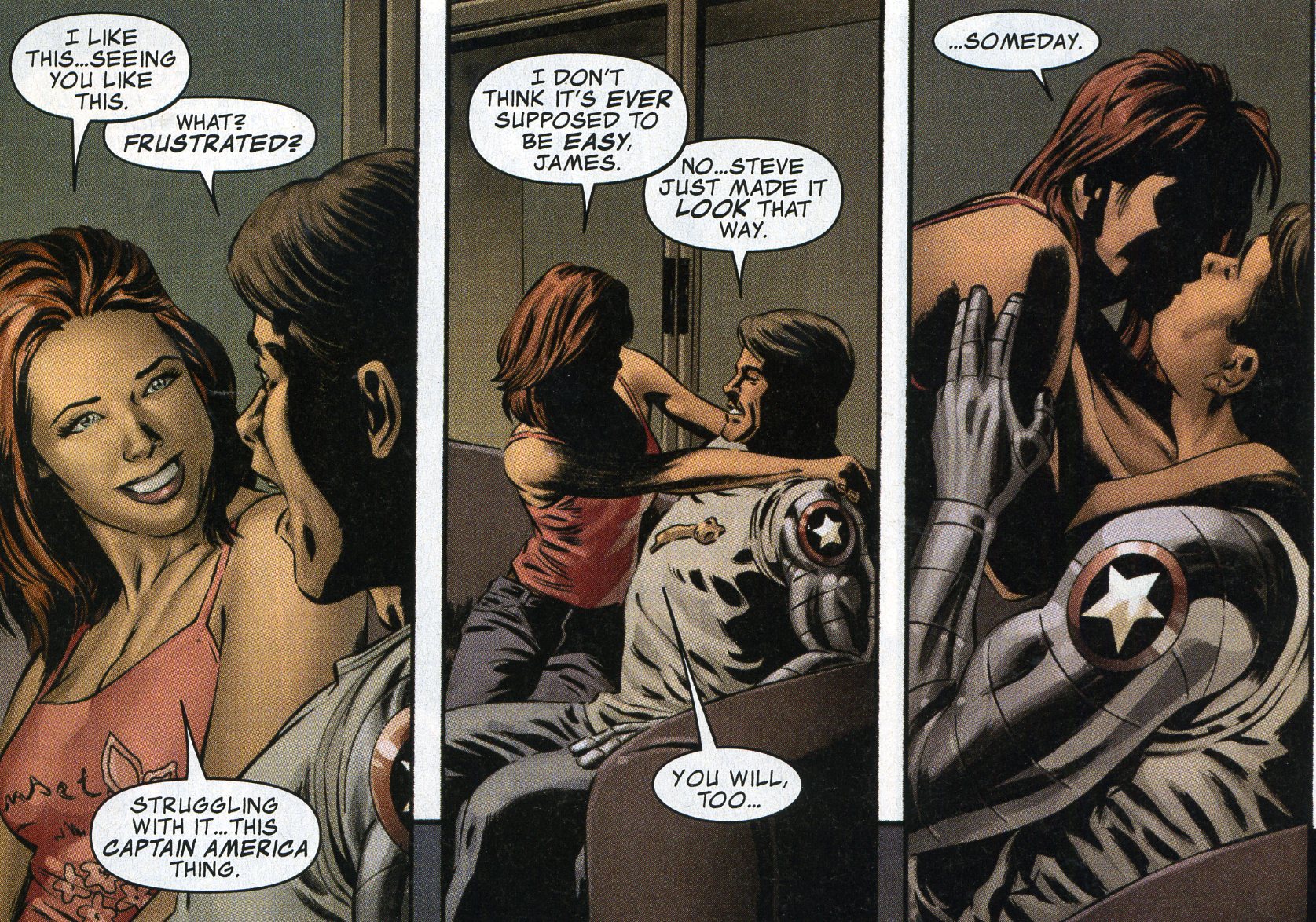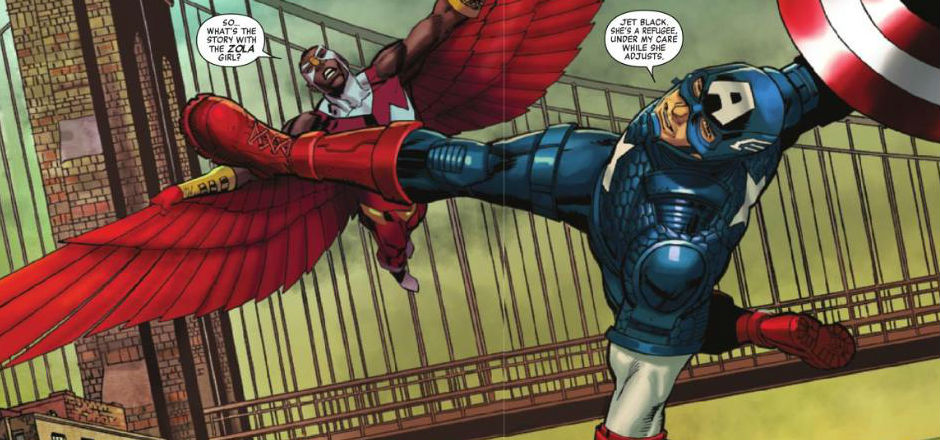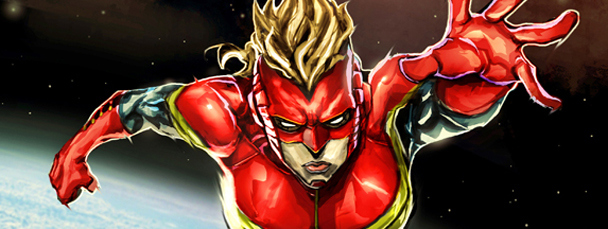House Sunderlay’s rule is supported by a magical blue tapestry that shows the rightful ruler—so when a coup occurs on the night of the solstice, the tapestry is destroyed along with most of the rest of Hawke and Grayson’s family. The twins flee their home and disguise themselves as girls named Hanna and Grayce to join the Communion of Blue, a magical and religious order of women who focus on the magic of fiber.
But as the twins settle in at their refuge, Grayson starts to realize that Grayce is a more true identity, after all, even as Hawke strains to fit into an identity that doesn’t fit him. When the twins discover the last chance to prevent the leader of the coup from taking power, they must decide whether their paths moving forward will be together—or separate.
This January 2020 release was the first middle grade novel by Munich-based artist Niki Smith and is currently available in paperback.
The review copy for this graphic novel arrived with the pitch “perfect for fans of The Witch Boy and The Legend of Korra,” and as a particular fan of Korra myself, I was intrigued by the concept. There are a couple elements of The Deep and Dark Blue that especially interest me: the religious/magical order called the Communion of Blue and the importance of fiber arts in the story. All of these things were enough to entice me to pick up this book despite middle grade graphic novels falling a bit outside of my typical reading.
Overall, The Deep and Dark Blue was exactly the type of story I enjoy. The stakes are high for both twins, though Hawke’s primary struggle looks very different from Grayce’s in the story.
The worldbuilding of the graphic novel was consistent, though not very deeply explored. The hallmark of excellent worldbuilding is in the consistency of details, and The Deep and Dark Blue does a great job in that aspect. One major complaint I’d note is that it’s not very clear what the ruler’s position actually is or the scope of the domain they rule. Is it a kingdom? An empire? Is it just this one particular city?
One of my favorite aspects, though, is that Niki Smith doesn’t fall into the trap of making the people in different groups monolithic. Each group of characters, be it the twins’ family or the Communion of Blue, has variety in character design, and the different characters are easily distinguishable in both visual presentation and in speech and behavior. The author also avoids making the Communion of Blue in particular a monolith, which is an unusual treatment of religion in fantasy: different members of the Communion view the institution differently, and their motives range from altruistic to selfish and worldly just as much as their reasons for joining (and remaining) do.
For readers who don’t typically read middle grade graphic novels, however, one big critique will definitely stand out: the pacing of the story feels very odd. The biggest problem is the graphic novel’s short length, which can leave adult readers accustomed to adult graphic novel pacing feeling a bit shortchanged.
But this critique matters a lot less for readers in the appropriate age group, as the story is paced similarly to other middle grade graphic novels. If you read MG graphic novels often (or if you’re reading this review with a real middle grader in mind), this is unlikely to stand out or bother you.
Overall, this is definitely a book suited to readers who enjoy fantasy in the vein of Avatar: The Last Airbender and comparable middle grade stories. (While I appreciate the reference to The Legend of Korra, the storytelling is much, much more similar to The Last Airbender in terms of content and age range.) I would highly recommend this for readers in the appropriate age range, and it would make a great book to share with young friends and family members.
Review Source: Review copy (finished) provided by the publisher.
This review contains affiliate links. Girls in Capes receives revenue from purchases made at affiliate links, but reviews are not paid, and all reviews contain the staff writers’ honest opinions of the work.
